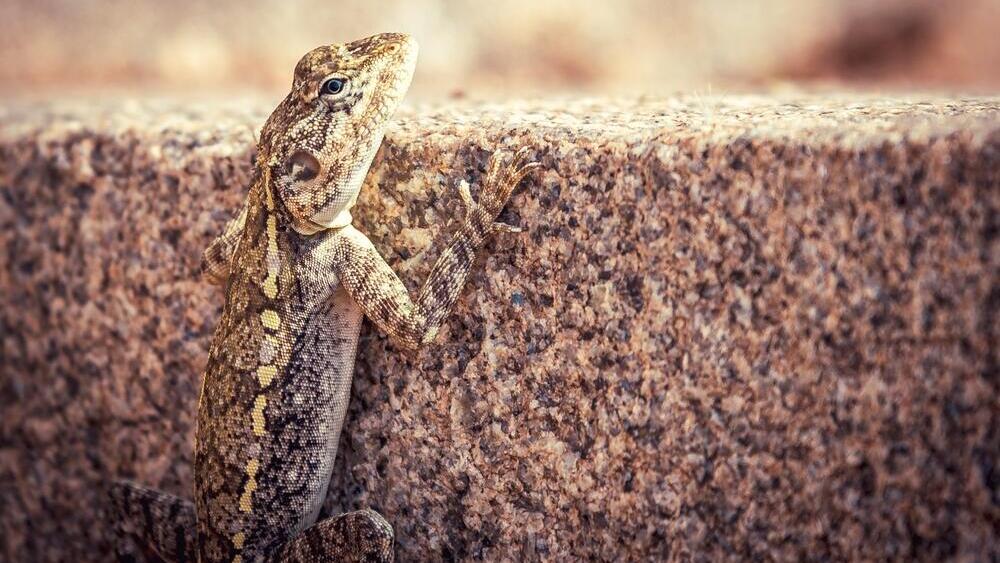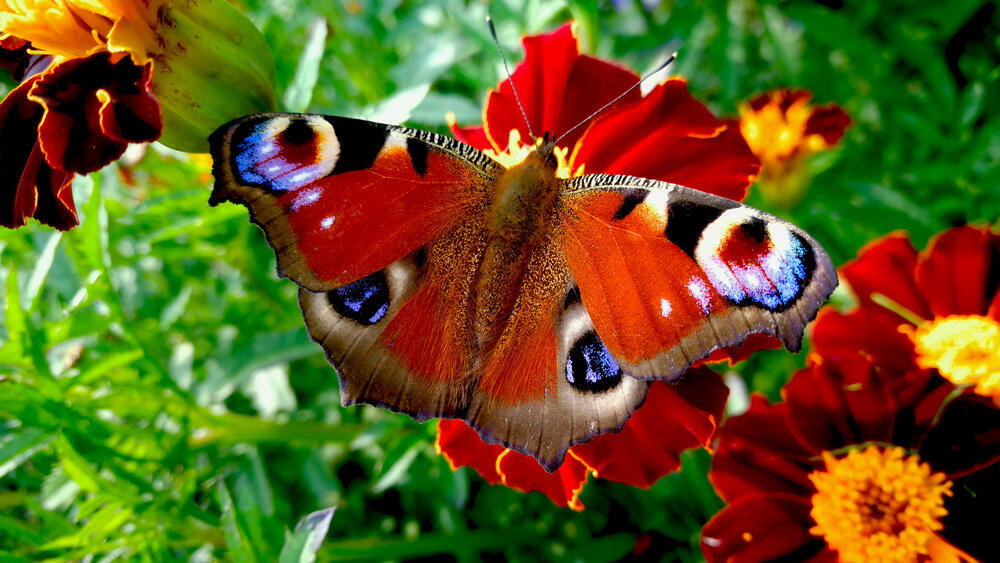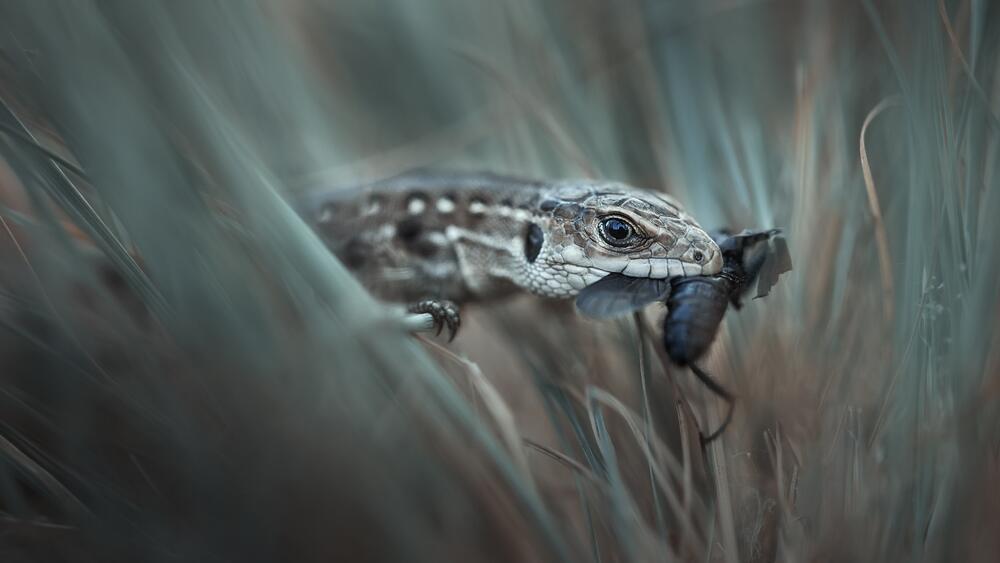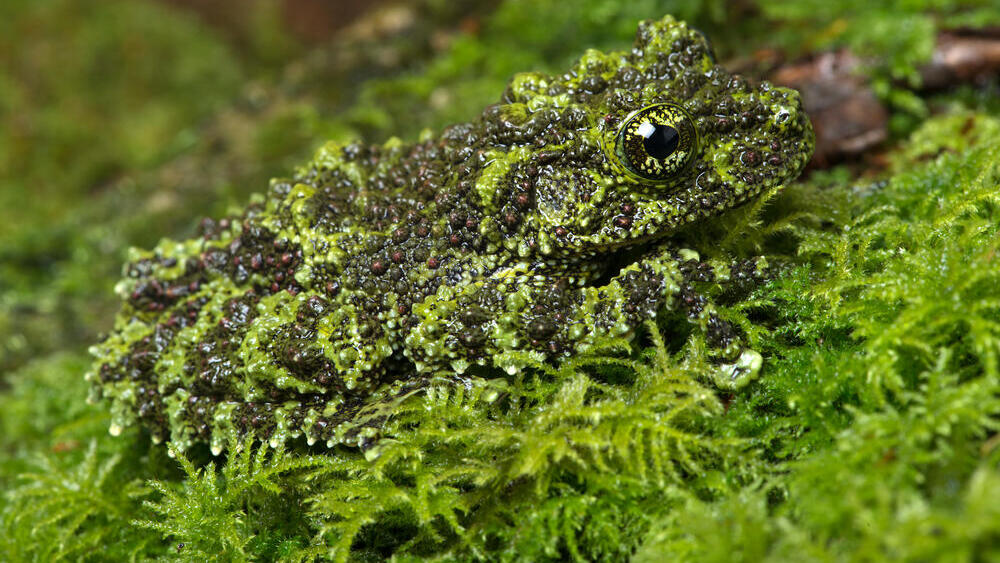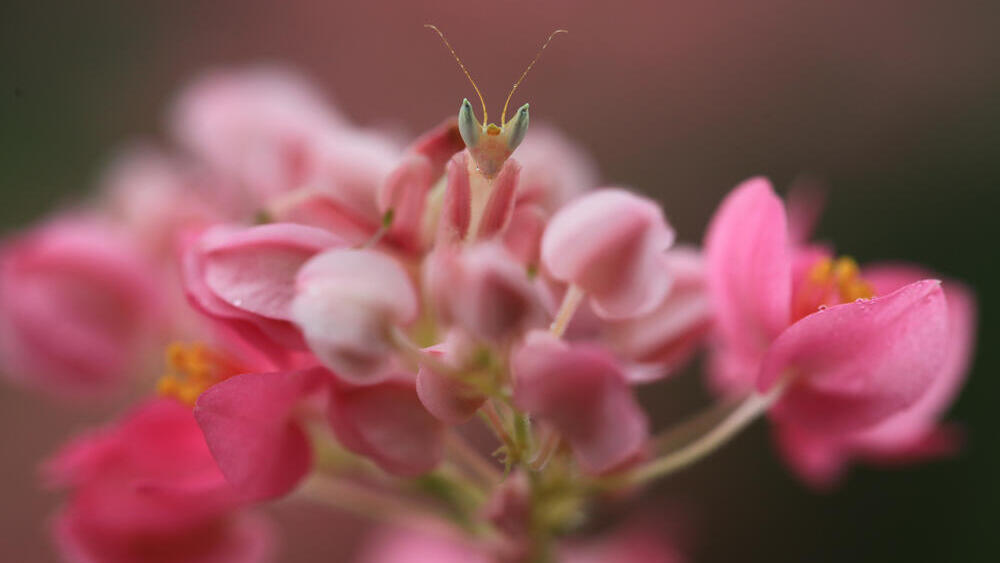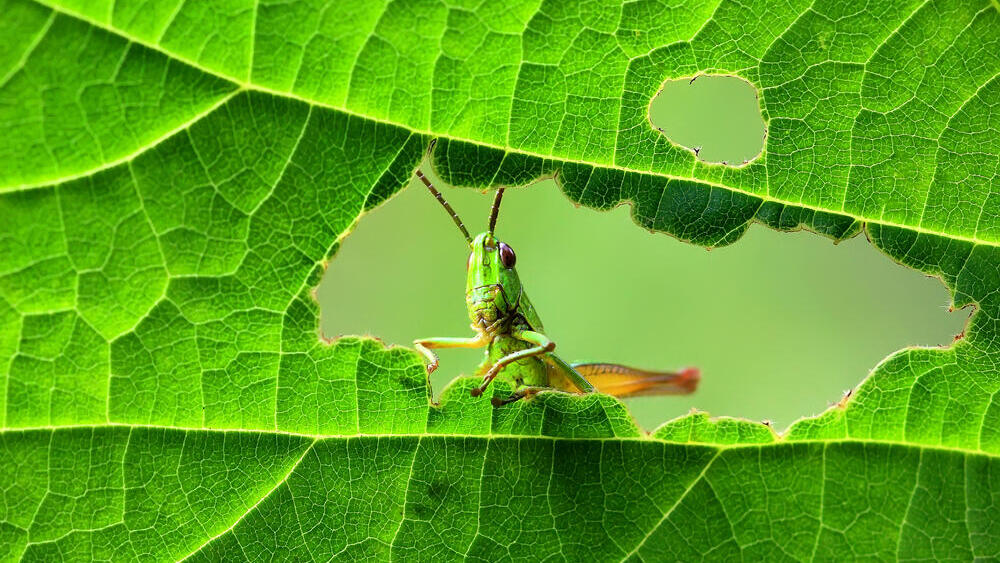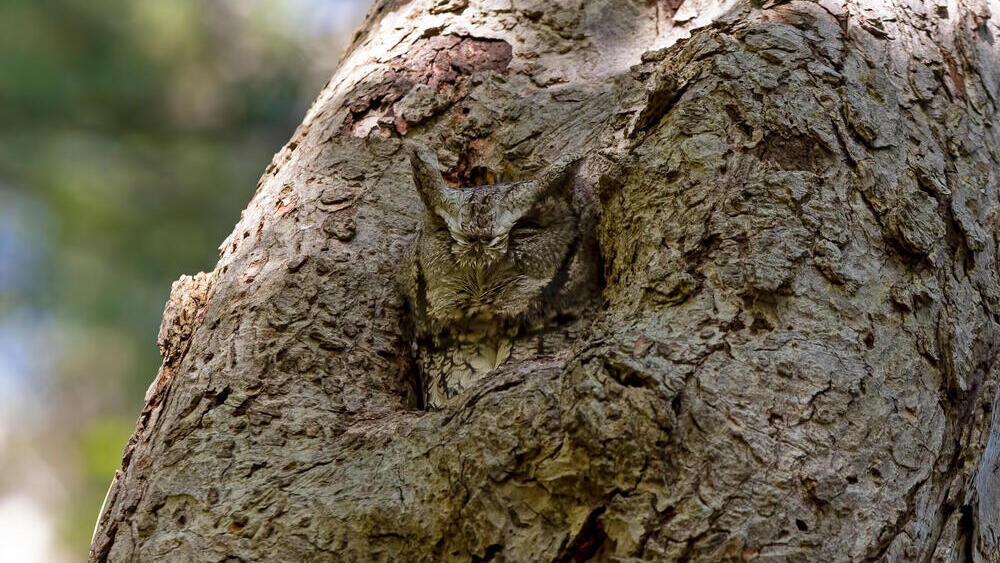For some wildlife, a good costume can be the difference between life and death - these costumes, AKA camouflage, allow prey to compensate for other qualities it lacks, such as strength or speed.
In a recently published article, Brazilian researchers reviewed a variety of camouflages documented in databases to determine which is nature's most effective costume.
There are some creatures whose camouflage abilities allow them to blend into their surroundings. In such cases, colors and spots on the animal's body become similar to those around them.
There are also types of camouflage that are meant to trick predators, like eye-like shapes and patterns in areas of the body other than the head. This can lead the predators to attack non-essential parts of the prey's body, such as limbs or wings.
Certain animals use motion camouflage, which allows them to move without being noticed. This is possible with either slow, sneaky movements that blend in with the movements in the animals' surroundings, or with patterns on the prey's body that may confuse the predator during movement.
The researchers hypothesized that not all camouflages are made equal, and each tactic varies in its ability to deter predators.
In order to decipher which was most effective, the team sorted through databases dating back to 1900. The researchers found 84 studies conducted in different parts of the world, which tested a variety of camouflage strategies. The team then altered its research questions to receive the most accurate results and asked - How much time is necessary for the predator to find the prey? And how many times does the predator attack the camouflaged prey?
The researchers then collected the results from all the studies conducted and calculated the average time of a hunt, and the average number of attacks. The camouflage strategies that were scrutinized were: background matching, disruptive coloration, masquerade, eyespots, and motion camouflage.
First off, the study showed that camouflage in general is indeed effective in avoiding predators, increases the time it takes to hunt down the prey by an average of 60 percent, and decreases the number of attacks by an average of 27 percent.
One of the more interesting findings concerns the difference between the camouflage of larvae and the camouflage of their adult butterfly form. Butterflies can use their wings to escape predators, while larvae are more limited in their motion. Hence, the butterflies tend to rely on the eye-like shapes on their wings and motion camouflage, while the larva relies on tactics such as blending into their surroundings.
In general, the most effective form of camouflage was found to be disguised as another object in the given surroundings. Using this strategy, animals may disguise themselves as leaves, branches, or bird droppings. This increases the time spent searching for the prey, what allows it to escape meanwhile.
Research on camouflage has been under way for years, but there is still a lot of missing information on the effectiveness of different strategies. This study attempted to fill that vacuum, and provide a deeper understanding of how the types of camouflage can help us learn more about evolutionary processes.


